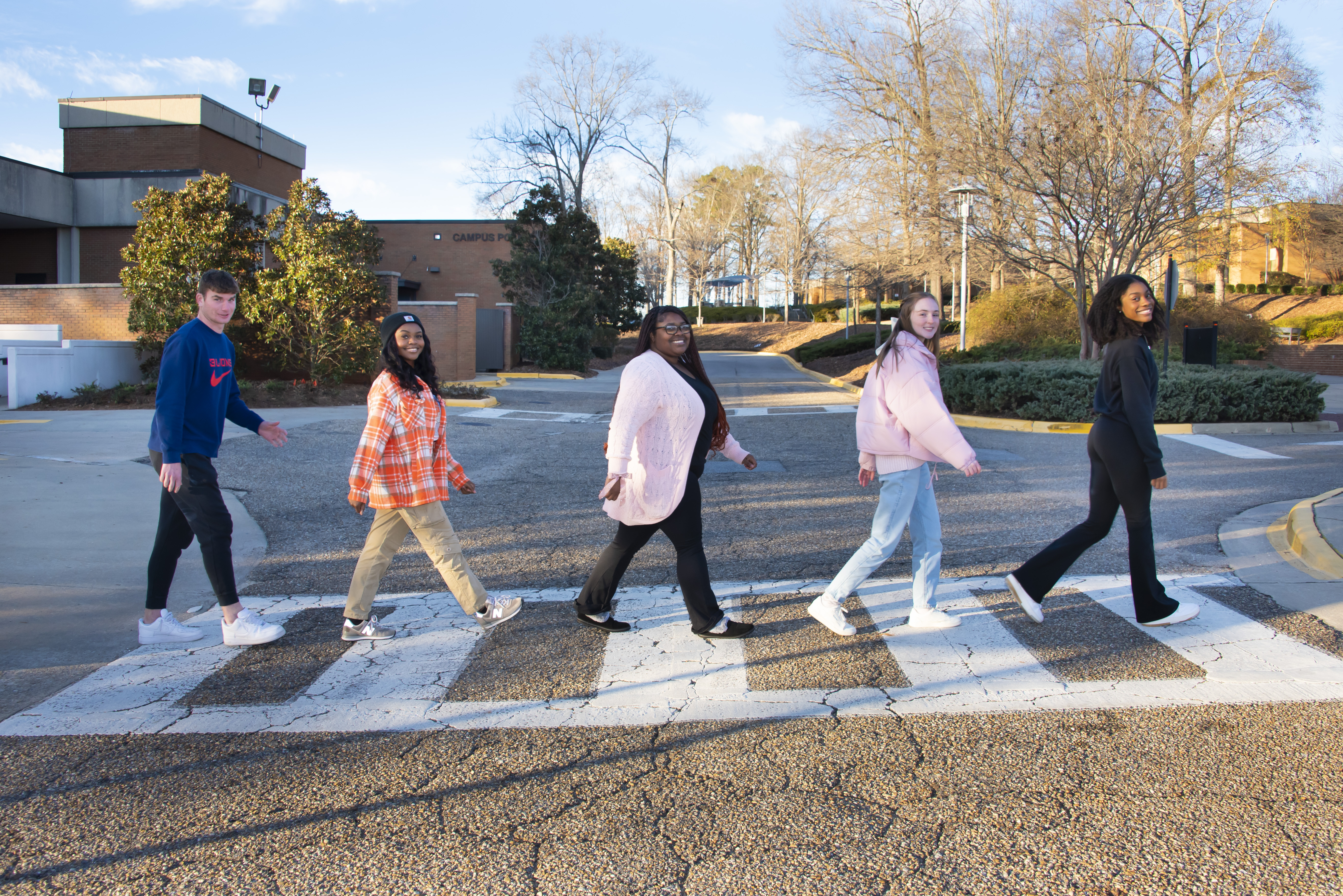By Dominic Minadeo
Professor Hilary Gamble launched her university’s community news program in the fall of 2023 after attending a news training sponsored by the Center for Community News at Louisiana State University.
“I think Hilary drove the furthest,” LSU Professor and event organizer Chris Drew said of Gamble. “She left with full determination to find some money and do it.”
Gamble and other faculty from Louisiana, Arkansas and Alabama attended the training and shared ideas on building university-led local reporting programs.
The training was led by LSU’s Chris Drew, the director of LSU's experiential journalism curriculum, which coordinates community news programs.
“Creating these programs is like a quadruple win,” Drew said. The students get experience, the news outlets that are “desperate for stories” produce more articles, the local community stays informed, and the university offers the state a public service, Drew said.
Determined to start something at the 5,000 student public university in Montgomery, Gamble applied for and received a grant from the Alabama Press Association. She used the money to start a pilot program and pay an editor to ensure the student's work matched the quality of the local newspapers.
“It has been rewarding to see the students produce stories that are published,” Gamble said.
 Students agree.
Students agree.
"The community news program taught me the basics of print journalism,” said Makenzie Martin, who took the class in the fall when the pilot started. "While also providing me insight into the ever-changing environment of covering important topics for the public to know."
Gamble is an associate professor at Auburn University at Montgomery. Her journalism background is in television news, she said. Besides running her new program, she teaches three courses and serves as faculty advisor for AUM Live, a university club that broadcasts news across campus.
Although it has been a rich experience for the students and provided some local news stories, Gamble is not sure what the program will look like in the fall of 2024.
Currently she manages the community news service out of one of her courses, the journalism practicum, jointly taught with another professor.
“My role in that class is just to do the Community News Service,” she said. But the school probably can’t afford to let two professors teach one class, Gamble said.
“I’ll be teaching three classes that don’t have anything to do with the community news service in the fall,” she said. “I’m not sure whether I’ll be able to do it when I don’t have this reduced load.”
The Community News Service could become an extracurricular activity -- rather than a class that students can receive credit for, Gamble said but that would impact enrollment.
“A lot of our students are nontraditional students–they have part-time or full-time jobs–and they’re still trying to do school,” she said. “It’s hard for them to find time to participate in extracurriculars.”
CCN’s Director Richard Watts confirmed those concerns. “These programs work best when they are part of the curriculum,” Watts said. “This allows all students to have the opportunity to build their networks, create published clips AND help struggling local news organizations.”
Gamble sees a path to her program’s survival if she can convince Auburn University to create a class specifically designed for her community news program. But that hinges on enrollment, she said.
“Hillary’s initiative in creating this and finding some seed money is the first step,” Watts said. “Auburn needs to turn this into a regular class and pay Hillary to teach it.”
Gamble said her program’s fate is in the hands of her superiors.
“I have no idea what will actually happen,” she said. “It kind of just depends on the help that I can get from the administration.”

